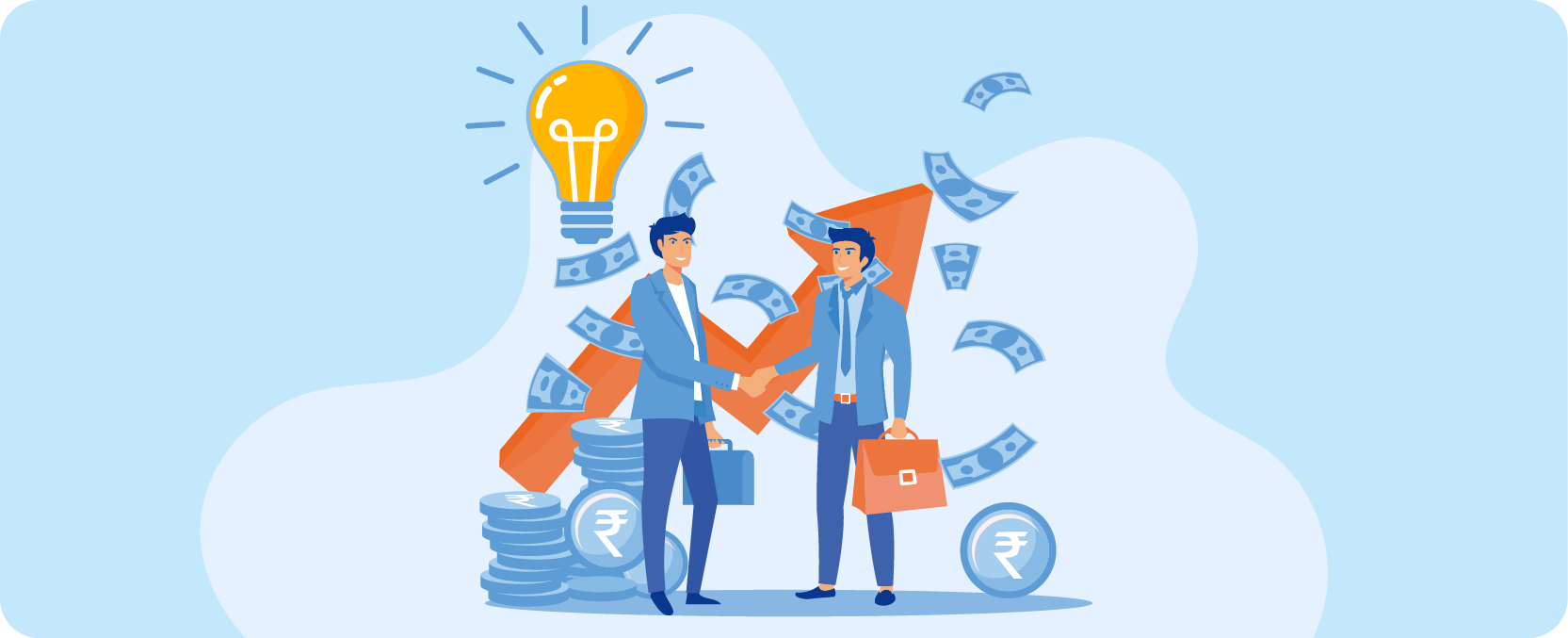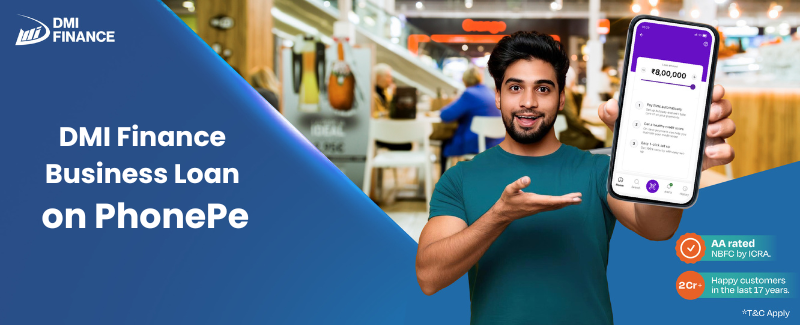- Published on: 28 Oct 2025
- Last updated on: 28 Oct 2025
- Post Views: 1323


Whether for a medical emergency or a wedding, personal loans are easily accessible sources of funds that need no collateral. Indian banks and Non-Bank Financial Companies (NBFCs) generally add personal loan charges and fees. There may be a personal loan origination fee, prepayment charges, bounce fees, or even fees for documentation.
If overlooked, these hidden costs increase the effective overall cost of borrowing. This is why it is important to know these charges in advance. In this blog, we will understand the personal loan fees and costs you must know to ensure that you are not caught up with any surprises later.

When most Indian borrowers look for personal loans, the very first figure that meets their eye is the Annual Percentage Rate (APR) or the promotional interest rate. While this determines most of your repayable amount, it is, however, not the overall cost of borrowing. Lenders charge different fees that increase the real cost of taking a personal loan.
APR includes not just the interest rate on your loan but also other costs like processing fees, insurance, and service tax. A ₹5,00,000 loan for 14% may sound fair. However, when a 6% origination fee is charged with GST, the actual expense rises to a significantly higher number.
When applying for a personal loan in India, one of the first hidden costs you’ll come across is the origination or processing fee.
Suppose you are taking a personal loan of ₹5 lakh, wherein the lender is charging a processing fee of 6%. This means the lender will charge ₹30,000 in processing fee for a loan of ₹5 lakh. On top of this, you will also pay a GST of 18% on the processing fee, which comes to around ₹5400. You’ll receive ₹4,64,600 in your account.
Some lenders combine the personal loan origination fee and processing charges, while others list them separately. These charges are non-refundable. Additionally, they are subject to 18% GST. Hence, always ask for a clear breakdown of all charges before signing the loan agreement.

Many borrowers repay their personal loans early to save on interest. While this seems like a smart move, most banks and NBFCs in India attach prepayment and foreclosure charges to discourage early closure.
Prepayment means paying off a part of the outstanding loan before schedule, while foreclosure refers to closing the loan in full before the tenure ends. Lenders typically allow these options only after you have completed 6 to 12 equated monthly instalments (EMIs). The charges usually range between 2% and 5% of the outstanding principal.
Apart from foreclosure, many borrowers prefer making a part-payment, a lump sum towards the outstanding loan, while continuing with their EMIs. This helps reduce the principal faster and lowers the interest burden. However, lenders often impose conditions:
Missing out on an EMI on your personal loan can attract penalties, which can increase the cost of borrowing.
NBFC-driven personal loans in India showed delayed payment rates rising to 3.6% by March 2025. Timely payment of EMIs not just saves you money otherwise spent but also safeguards your credit history for future loans.

Even when you do not miss a payment of EMI willingly, the failure of auto-debit because of insufficient balance in the account will invoke a penalty. They are called bounce charges or the National Automated Clearing House (NACH) return fees. You must take into consideration:
To save yourself from these additional charges, always maintain sufficient money in your account til the day of the EMI payment.
Banks and NBFCs do allow cancellations, but there are costs and conditions:
When evaluating personal loans, it’s important to look at more than just the advertised interest rate. The table below highlights the key factors you should compare:
| Factors | What to Check | Importance |
| Most Important Terms & Conditions (MITC) | Go through the RBI-mandated document carefully | Lists all charges, penalties, and repayment rules |
| Annual Percentage Rate (APR) | Ask for APR, not just nominal interest | Shows true cost by including fees with interest |
| Prepayment & Foreclosure Rules | Check lock-in period and charges | Flexibility to close the loan early without heavy penalties |
| Origination/Processing Fees | Compare across lenders | Impacts disbursal amount; adds to upfront cost |
| Hidden Costs | Look for compulsory insurance, high bounce charges, or admin fees | Avoids surprise deductions later |
| Customer Support | Review service quality and grievance handling | Smooth issue resolution prevents extra penalties |

A personal loan proves really helpful in times of need, yet the real expense of a personal loan is determined by the costs associated with it. Loan origination fees, prepayment charges, bounce fees, and GST, among others, could increase the cost of borrowing. This is why you must always ask the lender for a detailed analysis of the cost breakdown.
At DMI Finance, we put transparency at the top and fast access to personal loans. Apply for a personal loan with DMI Finance with no hidden costs associated with it. Get up to ₹5 lakh for all your financial needs.
1. What is a personal loan origination fee?
It is a one-time charge that banks and NBFCs deduct while disbursing your loan. For example, on a ₹5 lakh personal loan with a 6% fee, you will pay ₹30,000 in processing fees.
2. Are prepayment or foreclosure charges the same for all lenders?
No. Each lender sets its own rules. Some allow foreclosure after 12 EMIs without penalty, while others charge 2 to 5% of the outstanding principal. It’s best to confirm the exact terms in the loan agreement.
3. Do banks charge GST on personal loan fees?
Yes. All fees, such as processing, foreclosure, and bounce charges, attract GST at 18%. This increases the total cost, so always factor it in when calculating repayments.
4. How do late payment penalties affect my personal loan?
Missing EMIs attract a penalty of 2% to 4% per month on the overdue amount. It lowers your credit score, which makes future loans harder or more expensive to secure.
5. Can I negotiate personal loan fees with the bank?
In some cases, yes. If you have a strong credit score or an existing relationship with the bank, you can request a lower processing fee or even a waiver on certain charges.
6. What is the reason why lenders impose processing fees?
The processing fee is the cost of document verification, credit checks, and administration.
7. Are there charges for late EMI payments?
Yes. Late payment charges or penalty interest on the outstanding balance may be charged at 2-4% per month.
8. Are there any documentation or verification fees on personal loans?
Lenders might charge minor documentation or verification charges to meet the expenses of legal and background checks.
9. What is the GST on loan charges?
Any fee associated with loans, such as processing or prepayment fees, is liable to 18% GST.
10. Are EMI dates and loan terms change charges?
Yes, there are lenders who impose a rescheduling or administrative fee in case you need to change the EMI date, tenure or repayment method once disbursement has been made.
| Personal Loan of Different Amounts | ||
| ₹50,000 Personal Loan | ₹1 lakh Personal Loan | ₹2 lakh Personal Loan |
| ₹3 lakh Personal Loan | ₹4 lakh Personal Loan | ₹5 lakh Personal Loan |


